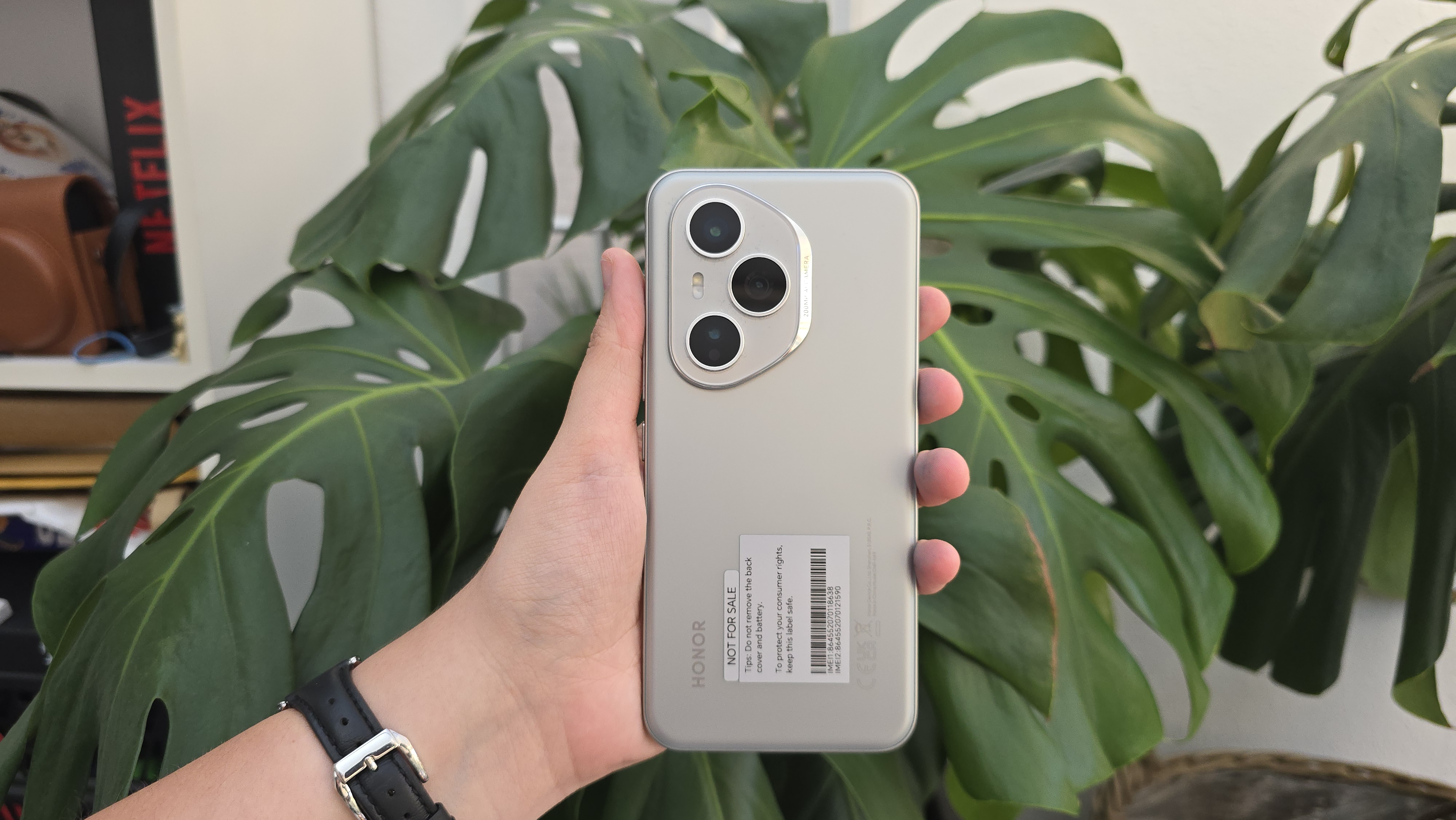Right type for the road
Monotype, The Massachusetts Institute of Technology and New England University team up on a study to see whether drivers read certain typefaces better than others
Let's face it, urban driving conspires against your ability to focus on the road. You're reading street signs, while being bombarded by bus stop and billboard advertising, shop signs, stop signs and the colourful displays on the sides of trucks and busses. And we haven't even mentioned the readouts on your aircon, car radio, iPod and GPS. However, a new study carried out by MIT AgeLab and the New England University Transportation Center has shown that considered choice of typeface can at least help reduce driver distraction.
Sponsored by Monotype, one of the world's biggest font suppliers, the study compared the humanist typeface Frutiger to a grotesque counterpart, Eurostile. Male and female participants aged 36-75 were asked to respond to a series of address, identification and content search menus displayed in the two typefaces while operating a driving simulator. Their eye movements were tracked and comprehension analysed. A film was made explaining the findings.
In one part of the study, men's glance time was decreased 12.2 per cent through the use of Frutiger as opposed to Eurostile, but for women there was almost no difference. In a second test screen contrast was adjusted and glance times for men using the humanist typeface were 9.1 per cent quicker than with the grotesque typeface. For women the difference was 3.3 per cent.
Grotesque vs Humanist
The more open forms and softer curves of the humanist type families might improve readability for drivers, however the more squared off grotesque faces are very popular today in automotive applications, as Steve Matteson, creative type director at Monotype points out:
"The humanist genre is ideal for automotive interfaces. It’s deeply rooted in our psyche because it’s founded on the classic book typefaces we are so used to reading," he says. "Eurostile is actually very popular in automotive today – it conveys power and energy. However, the letterforms are mechanically rigid and compact, tightly spaced, and in some cases are nearly indistinguishable from each other.”
The findings could be significant for road safety. A 12 per cent decrease in glance time equates to 50 on the road at US highway speed of 75mph. To find out more and download a copy of the white paper.
Get the Creative Bloq Newsletter
Daily design news, reviews, how-tos and more, as picked by the editors.

Thank you for reading 5 articles this month* Join now for unlimited access
Enjoy your first month for just £1 / $1 / €1
*Read 5 free articles per month without a subscription

Join now for unlimited access
Try first month for just £1 / $1 / €1

The Creative Bloq team is made up of a group of art and design enthusiasts, and has changed and evolved since Creative Bloq began back in 2012. The current website team consists of eight full-time members of staff: Editor Georgia Coggan, Deputy Editor Rosie Hilder, Ecommerce Editor Beren Neale, Senior News Editor Daniel Piper, Editor, Digital Art and 3D Ian Dean, Tech Reviews Editor Erlingur Einarsson, Ecommerce Writer Beth Nicholls and Staff Writer Natalie Fear, as well as a roster of freelancers from around the world. The ImagineFX magazine team also pitch in, ensuring that content from leading digital art publication ImagineFX is represented on Creative Bloq.
